Destination Review: Cabo Pulmo, Mexico: On the Road to Nowhere
by Shanti Sosienski
No phones, no email, no overly priced high-rise hotels, no disco clubs blasting top-forty hits: you better bring your own party if you’re heading to Cabo Pulmo. A dusty, warm six-pack of Negro Modelo and stale chips are about the only thing you’ll find for sale here, and the police are a thirty mile drive away. This was exactly what we had been looking for after almost two weeks of driving through Baja, Mexico. A vague, one-paragraph entry in a weathered travel book led us down a dirt road that opened up into a twinkling, emerald-green bay on the Sea of Cortez.
I was instantly in love with the place for its silence, and for the purple lobster shells that lay wholly intact like pretty sculptures on the beach after lunching birds had feasted on them. Slick, black mantarays skimmed the top of the water and then belly-flopped with a smack into the green sea. The only artificial noise in the air was the generator that provided electricity to the community when the solar panels ran out, and the occasional crunching of tires on gravel as a truck slowly passed by on the hour-and-a-half ride to Cabo San Lucas.
When traveling, there’s always the question of whether it’s luck or fate that leads you to amazing places. We pondered this from the moment we sunk our toes into the sand in front of the small resort. My then-boyfriend, now husband Joaquin looked at me and said, “I think we’ve found one of the last best places in Baja.” Our journey to Cabo Pulmo started with a photo in a Baja magazine we found along our drive south. The image revealed smooth golden rocks jutting out of palm green water and the promise of over two hundred species of tropical fish swirling around the largest living coral reef on the North American coast.
But was it worth driving 1,037 miles from Los Angeles? After somewhat cryptic directions in our four-year-old guidebook and ten miles of gravel, we were greeted by a spectacular view of the pristine beach and clear water bay. Pelicans skimmed the bay’s surface, and a floppy puppy towing a barefoot, blond Spanish-speaking girl named Bella ran out to welcome us to the Cabo Pulmo Resort. There were no gas stations, no internet cafes, no kitschy retail stores, or really any store to speak of for that matter, and no need for law with only one hundred and eleven inhabitants. Hard to believe the high-rise hotels and bottomless margarita slinging nightclubs of Cabo San Lucas were just a few hours to the south.
A small grouping of thatched-roof bungalows ($65–165 per night), each unique in design and complete with a hammock in front, included all the amenities of home (there was even a toaster!). The other option was camping on a rocky beach just north of town for $5 a night (although no one ever came by to collect), and to the south camping was free in Mermaid Cove for those fully equipped (hang a left after the tree with Coke bottles dangling from it). We tried all options, discovering we were equally happy to listen to the calm lapping of ocean as we ate dehydrated soup and watched the sunset as we were the night before dining on pricey ($25) but tasty lobster enchiladas at Nancy’s, one of three small restaurants in the area.
It’s easy to see that, thanks to ecotourism and the 7,100-hectare reef having been declared a national marine park in 1995, the town is growing, but in the end it still really belongs to the buzzards and the marine life. One good hurricane or a hot fire sweeping through the dry landscape, and the village would surrender itself back to the rugged, cacti-filled desert. But this is exactly what we had been seeking as we journeyed south in search of salty skin and adventure. As we snorkeled our way around Mermaid Cove and sunned ourselves like beached seals on the sand, we realized it was probably more than luck that brought us here.
For more information and directions go to: www.cabopulmo.com
What to bring:
A full tank of gas and a cooler of food are crucial for an easy stay. The world-class windsurfing community of Los Barriles thirty-three miles to the north offers restaurants and supplies, but after a long day of diving or kayaking, kicking back on the beach with a cold Negro Modelo is more attractive than driving. Bring flashlights because the resort is powered by generators and solar power. Snorkel and dive gear, as well as kayaks can be rented. Visit in June and you’re guaranteed a hammerhead sighting if you dive, or catch marlin or Dorado between August and November.
For more about the author, visit her website at www.shantisos.com
Discover more from Tango Diva
Subscribe to get the latest posts sent to your email.
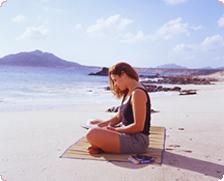

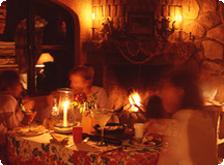
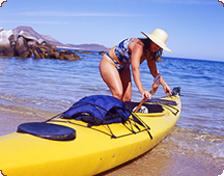
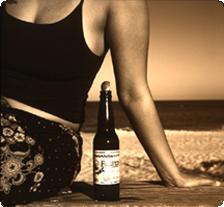
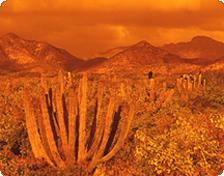
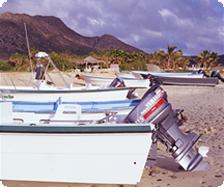
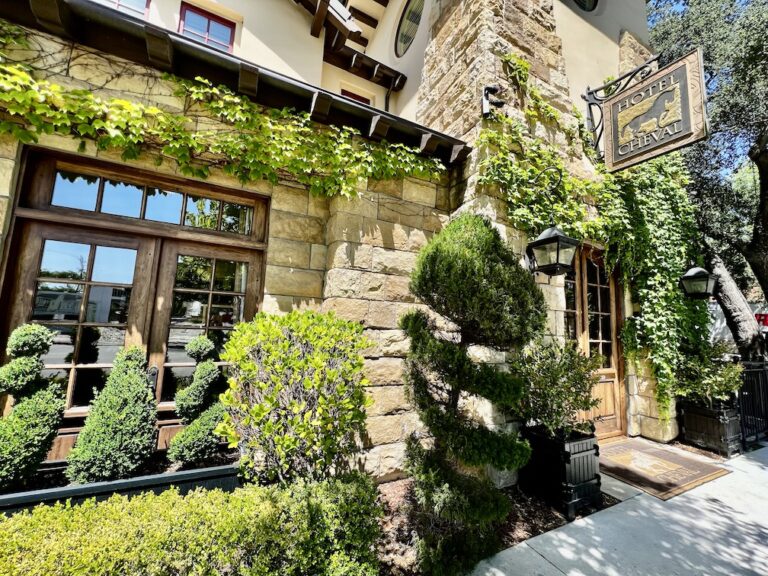


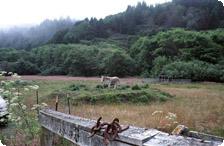

Shanti is a beautiful name.